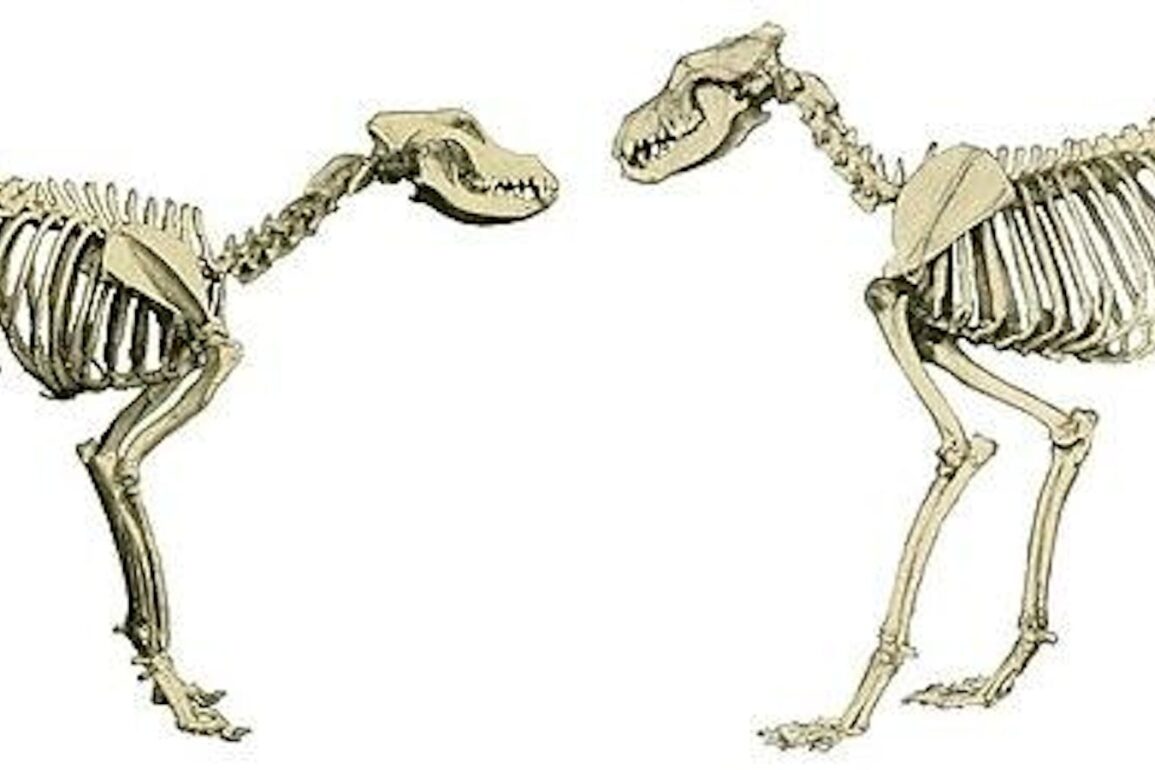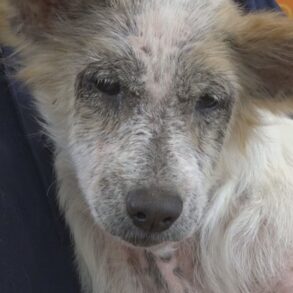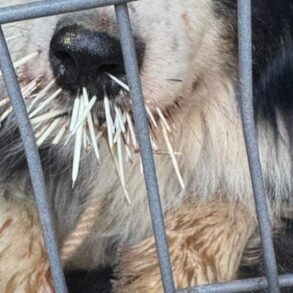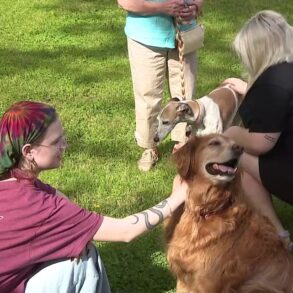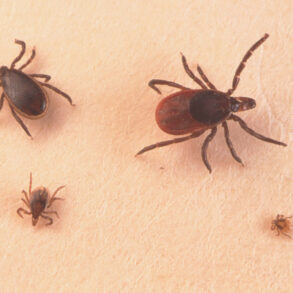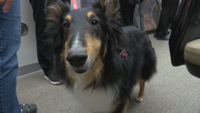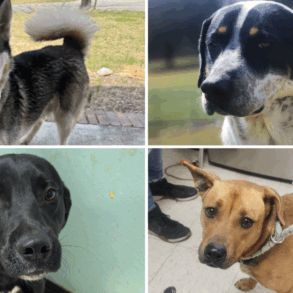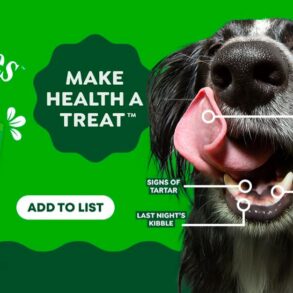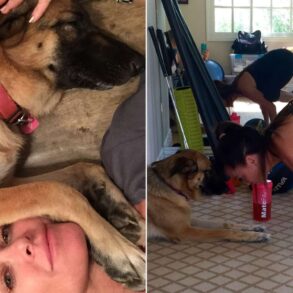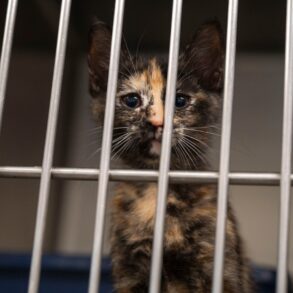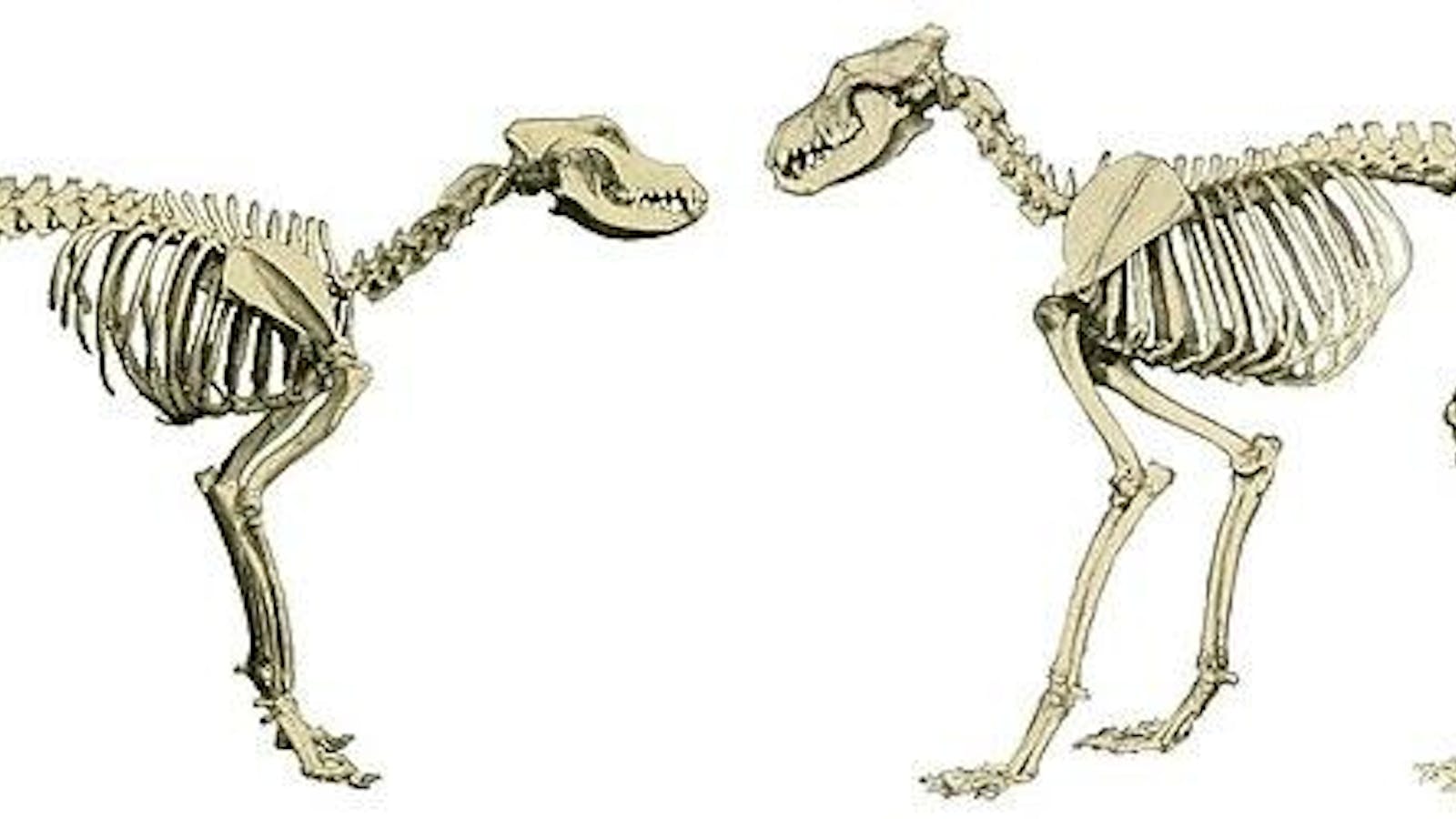
Staring at a litter of puppies, the first to go are the ones with unique colorings, mixes of merle, little white boots or floppy ears. These days, people pick their pets based on how cute they think they are. But are these really the characteristics that pet owners should be searching for?
For generations, dogs have been bred for key traits that allow them to best serve the roles they play in society. Some uses of these traits include therapy, hunting, sports, police work and medical and genomics research. Because of this, certain dog breeds like golden retrievers are known for their gentle disposition and patient temperament, becoming one of the top choices for a family dog. The German shepherd, on the other hand, is often found as a part of K-9 units, specially trained for law enforcement to detect drugs and for search and rescue, as well as for suspect apprehension. Their intelligence and confidence give them the vital traits needed to be good working dogs.
Breeders have focused on manipulating the characteristics of dogs to create breeds not just for their temperament but also for their visuals. For example, dogs have been selectively bred for their floppy ears as a result of human preference for that trait. However, this has led to unintended health consequences for those dogs, including increased ear infections.
And that’s not the only trait that has been bred for. A well-loved small dog breed is the French bulldog. With their short stature and trademark ‘bat ears,’ they are a favorite dog breed among pet owners. However, they are brachycephalic — have a short flat face — which results in them developing breathing problems due to shortened air passages from their set-back noses.
Brachycephalic breeds are also highly predisposed to other health disorders such as respiratory, eye and spinal diseases. These health problems have shortened their lifespans, reducing them by an average of 4.1 years compared to dogs with longer muzzles.
These issues have also been found in other species. In Persian cats, this brachycephalic breed has resulted in breeders noting malformations of their facial bones, resulting in a number of cases of internal hydrocephalus, which is the buildup of cerebrospinal fluid within the brain’s ventricles.
Even pet rabbits, particularly the Netherland dwarf, have been found to have shorter, flatter skulls compared to wild rabbits. And this brachycephalism has been shown to increase health problems, especially dentition.
Researchers believe that there is a preference for brachycephalic rabbit breeds due to “baby-schema” since the shortening of their skull makes humans view them as cuter and more adorable in appearance. What’s worse is that these common brachycephalic breeds are still among the most common breeds of dogs, cats and rabbits that are highly sought after by pet owners.
Additionally, due to the prevalence of these health problems, pet owners who choose to own these breeds must be willing to pay extensive vet bills. Moreover, owners have been found to be more emotionally attached to pets with health issues. This creates a phenomenon known as savior syndrome, where owners develop breed loyalty and purposely seek out the emotional investment that comes from taking care of a breed that requires more care. So instead of ignoring breeds with inherent health problems, they seek them out.
Even when we look back at history, we see that inbreeding among humans causes a higher frequency of health problems and diseases, and the same problem starts to arise in pet populations. With many dogs selectively purebred, this practice puts them at a greater risk of developing health problems that decrease their lifespan. Not to mention, this practice decreases their genetic diversity and biodiversity. In fact, one study found that mixed breeds were reported to live on average 1.2 years longer than size-matched purebred dogs.
Breeding for aesthetics has resulted in genetic disorders, health problems and a loss of biodiversity. As society’s preferences evolve, a growing ethical concern has emerged around whether health or appearance is being prioritized. Rather than valuing pets solely for their aesthetic appeal, researchers believe that pet owners should observe the whole picture. In today’s generation, where a wealth of information can be found on the internet, future pet owners can educate themselves on the background of different breeds to understand what practices they are supporting. For example, owners can consider adopting animals from rescues instead of purchasing from breeders, thereby avoiding support for potentially harmful practices. This empowers pet owners to make better informed decisions and see for themselves that cuteness doesn’t always equate to good health.
This post was originally published on this site be sure to check out more of their content.




